אימות פטנט אירופאי
שלב זה כולל ניסוח של תיאור מקיף ואיורים המתארים את ההמצאה שלך. זה כולל גם יצירת תביעות, מה שמבטיח שהפטנט שלך מספק את ההגנה המרבית האפשרית



שלב זה כולל ניסוח של תיאור מקיף ואיורים המתארים את ההמצאה שלך. זה כולל גם יצירת תביעות, מה שמבטיח שהפטנט שלך מספק את ההגנה המרבית האפשרית







-
עוזר IP המופעל על ידי AI שעוזר לך ליצור מטלה מפורטת תוך דקות.
-
בחירת עורך הפטנטים המקומי המתאים ביותר על פי קריטריונים ספציפיים.
-
גיבוש תיאור מקיף ואיורים, יצירת תביעות להגנה מקסימלית אפשרית.
-
ניטור ודיווח מקוונים בפלטפורמה לאורך כל התהליך.

-

יותר מ-800 משרדי עורכי דין בתחום הקניין הרוחני מ-150+ מדינות, דירוג וביקורות
-

עוזר IP המופעל על ידי בינה מלאכותית המסייע ביצירת משימות ומציאת עורכי דין רלוונטיים
-

עמלות קבועות, תשלומים מקוונים מאובטחים ומהירים עם תוצאות מובטחות
-

גישה 24/7 לתהליך הרישום ואחסון נתונים מקוון עבור כל המקרים שלך
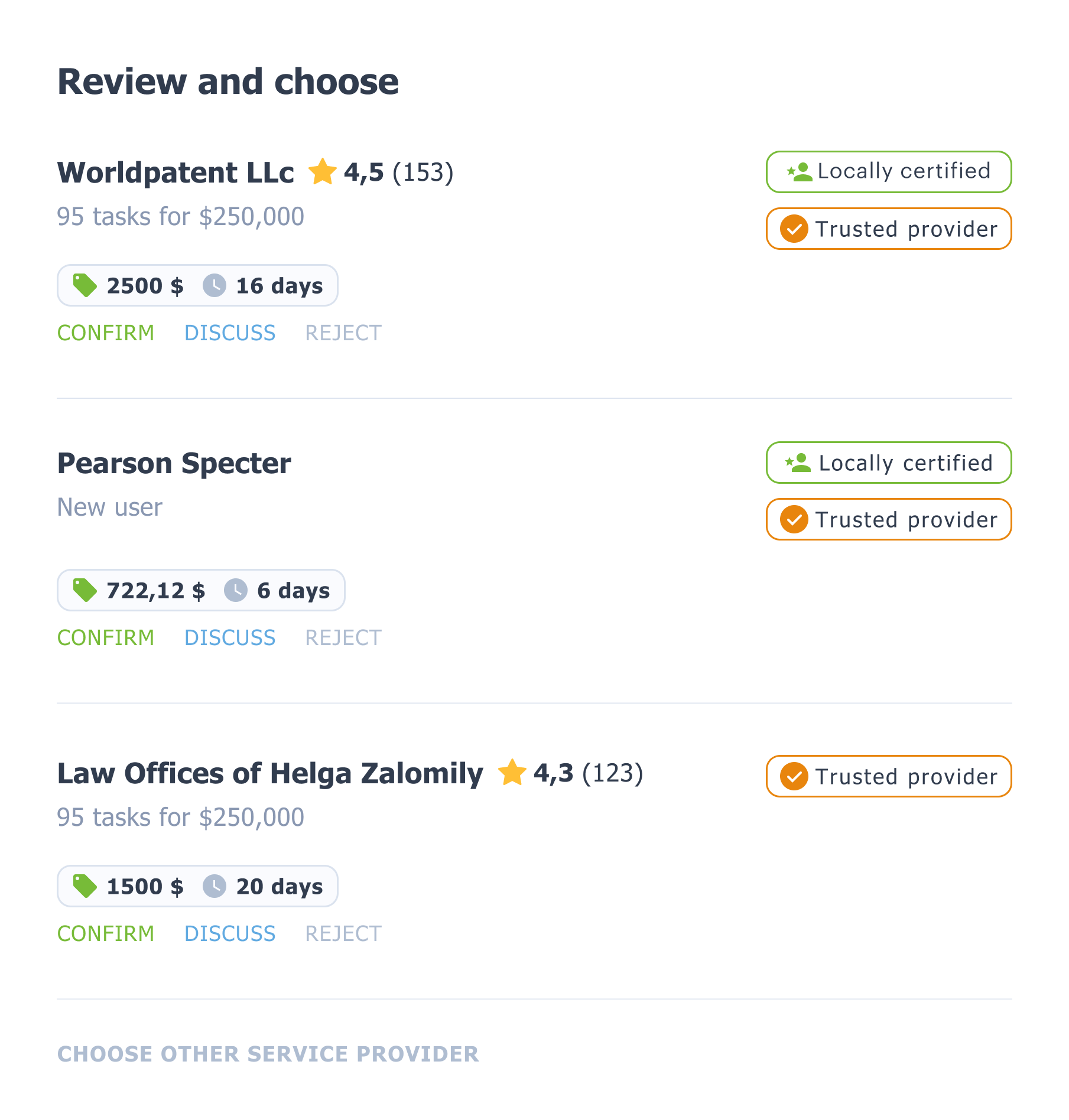
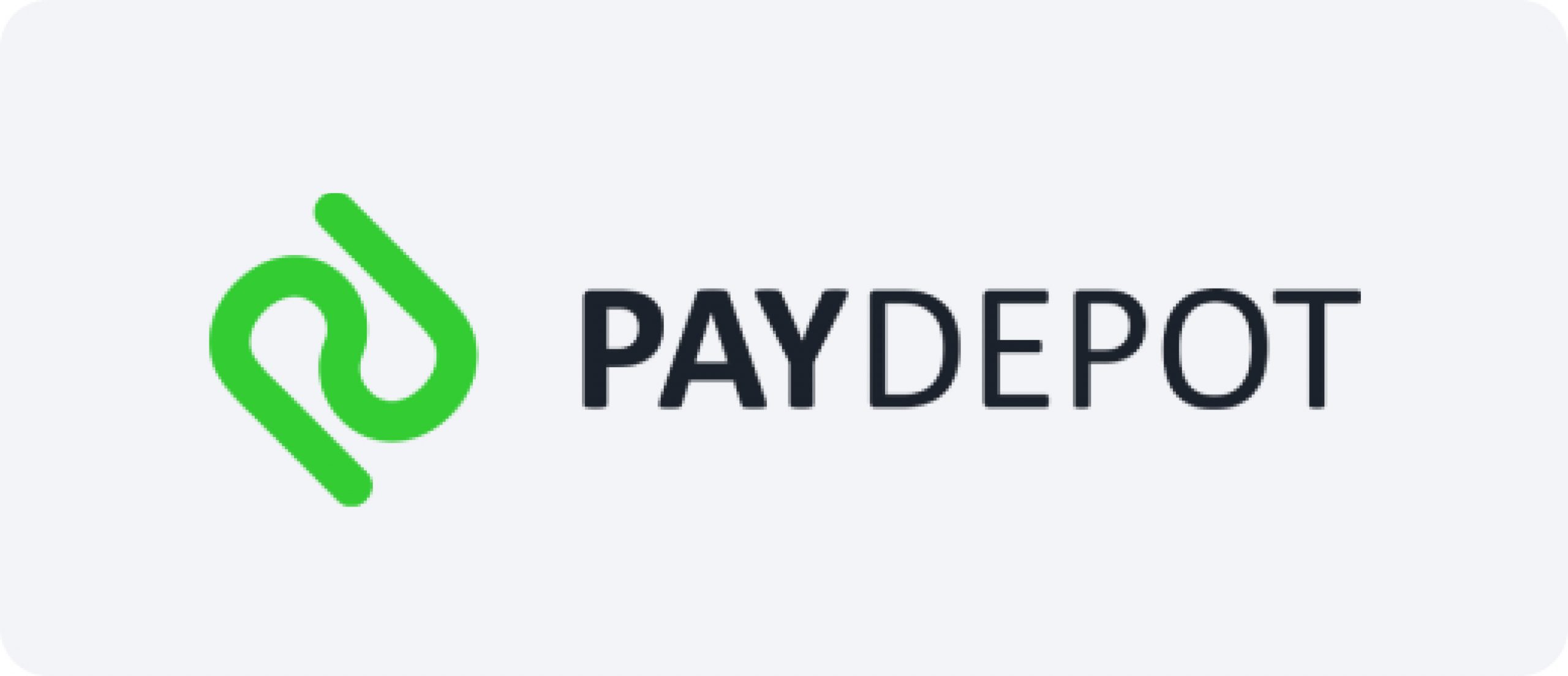

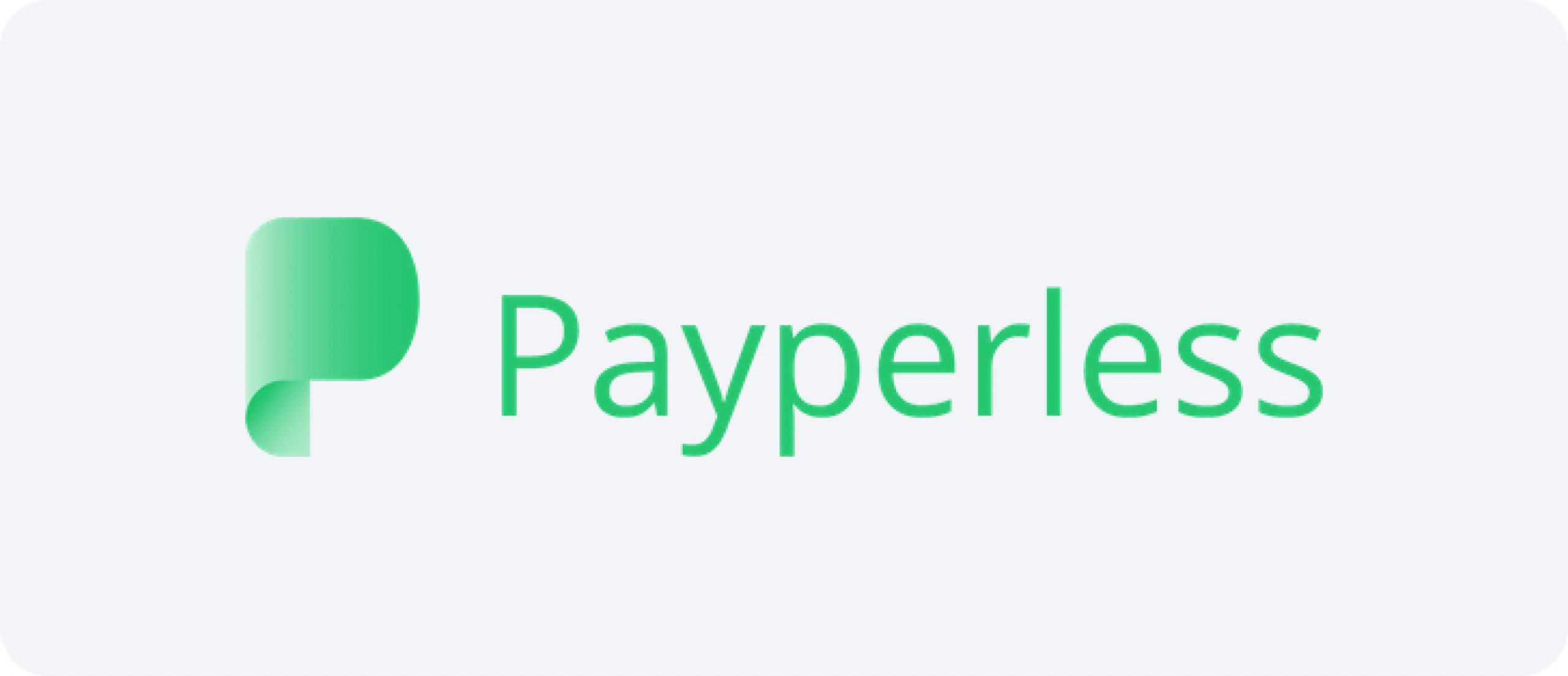
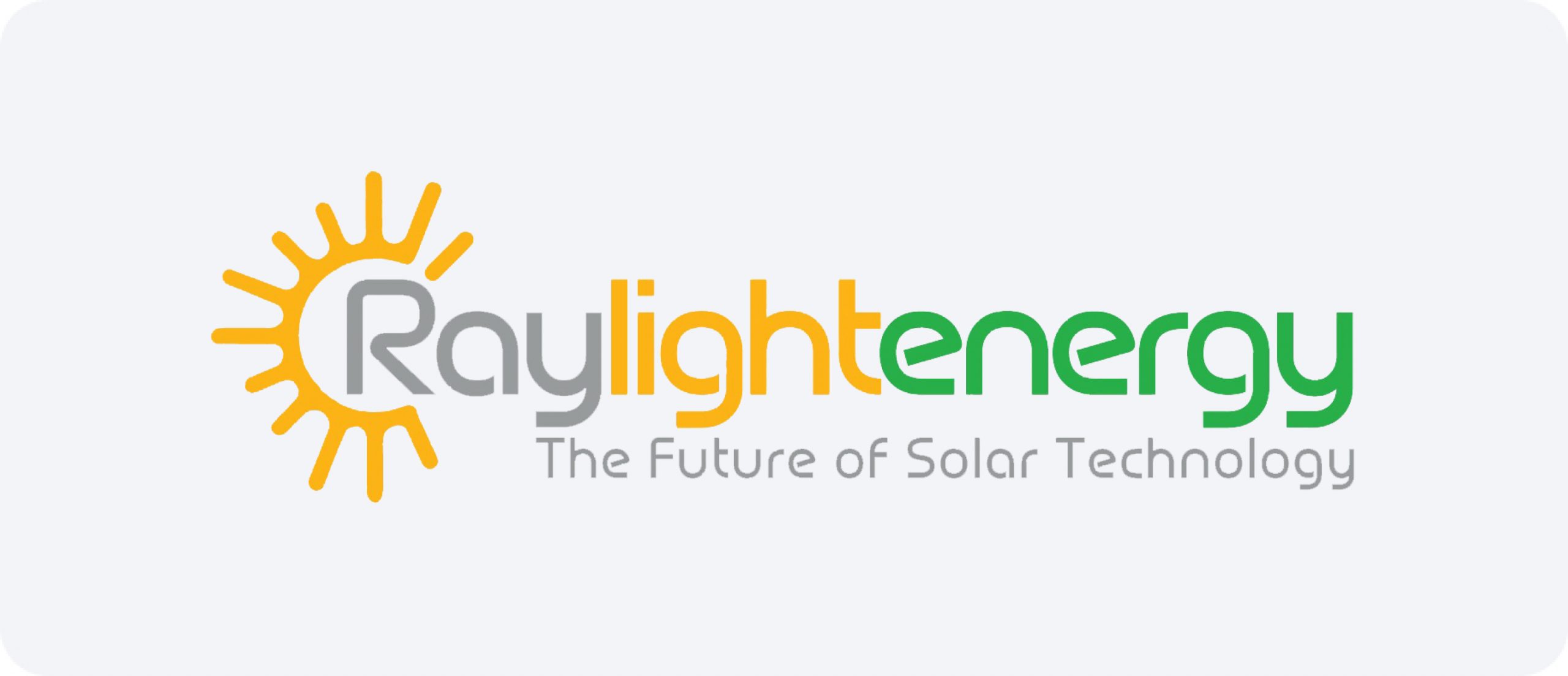
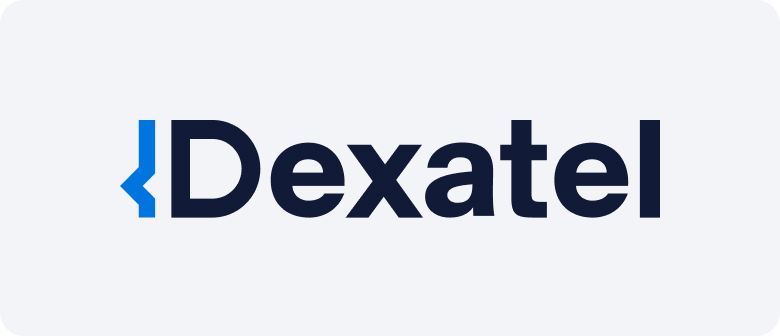


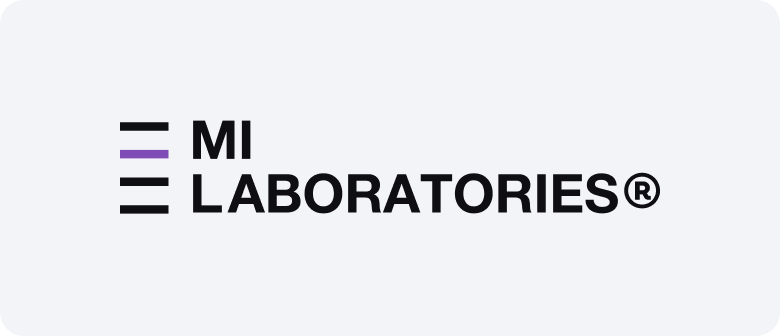

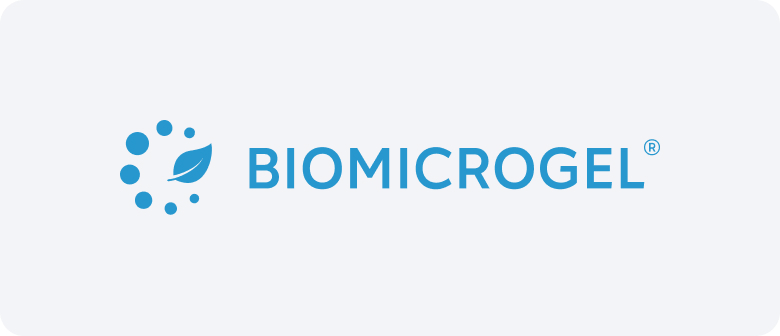
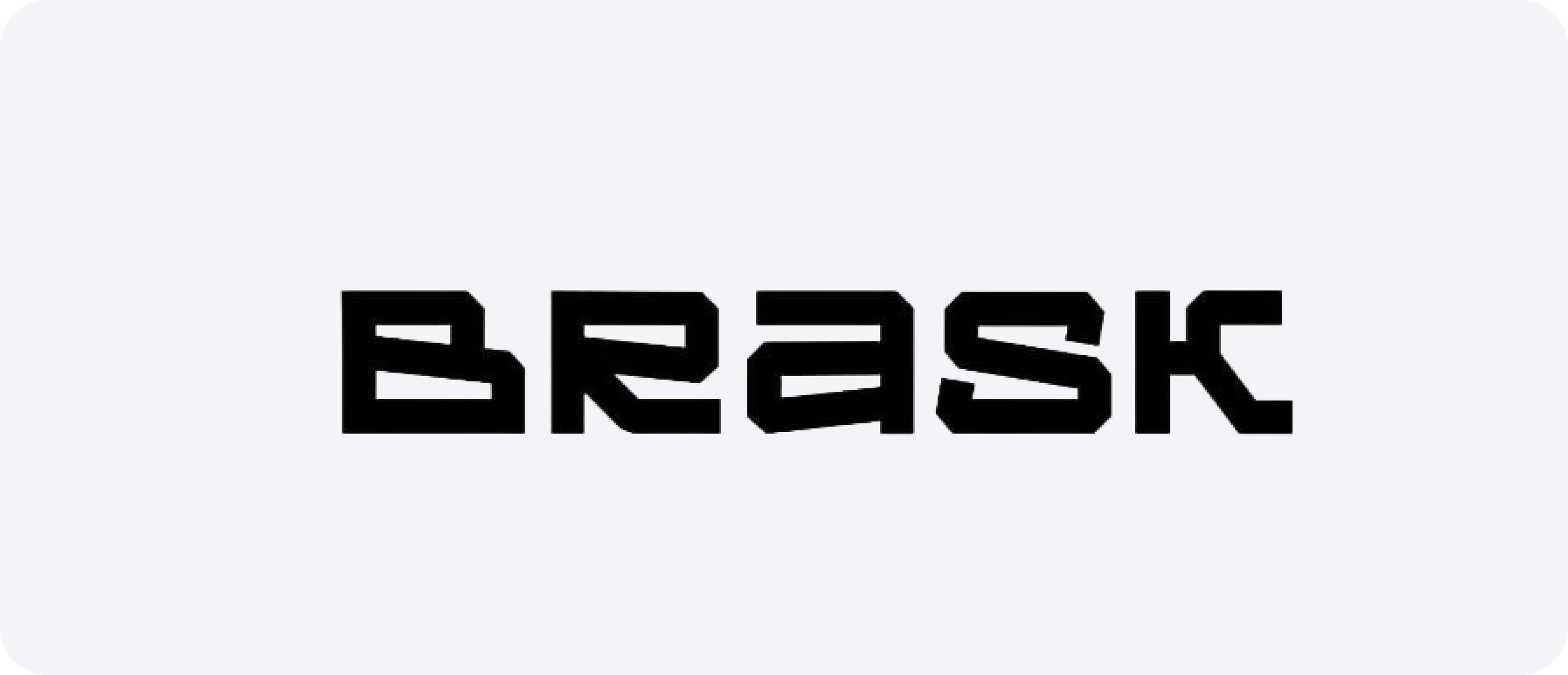

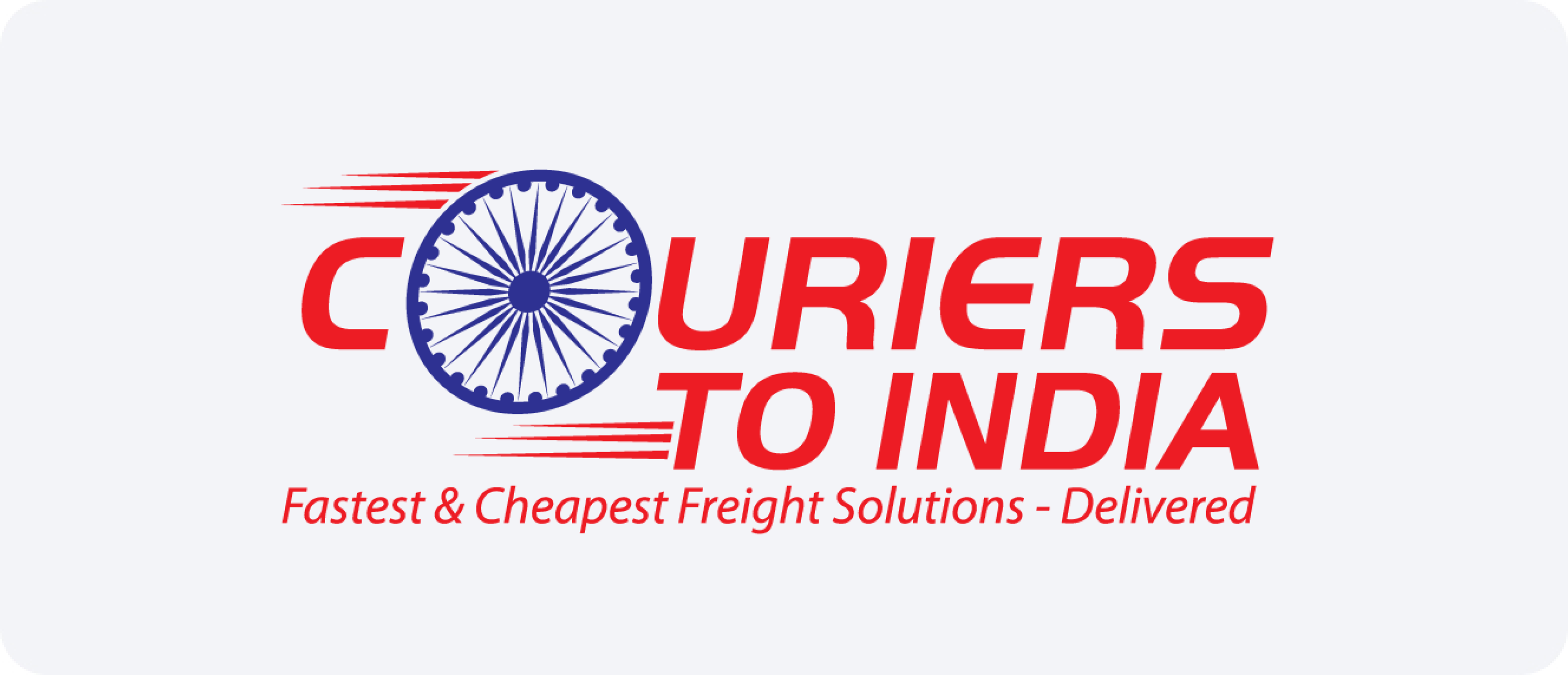
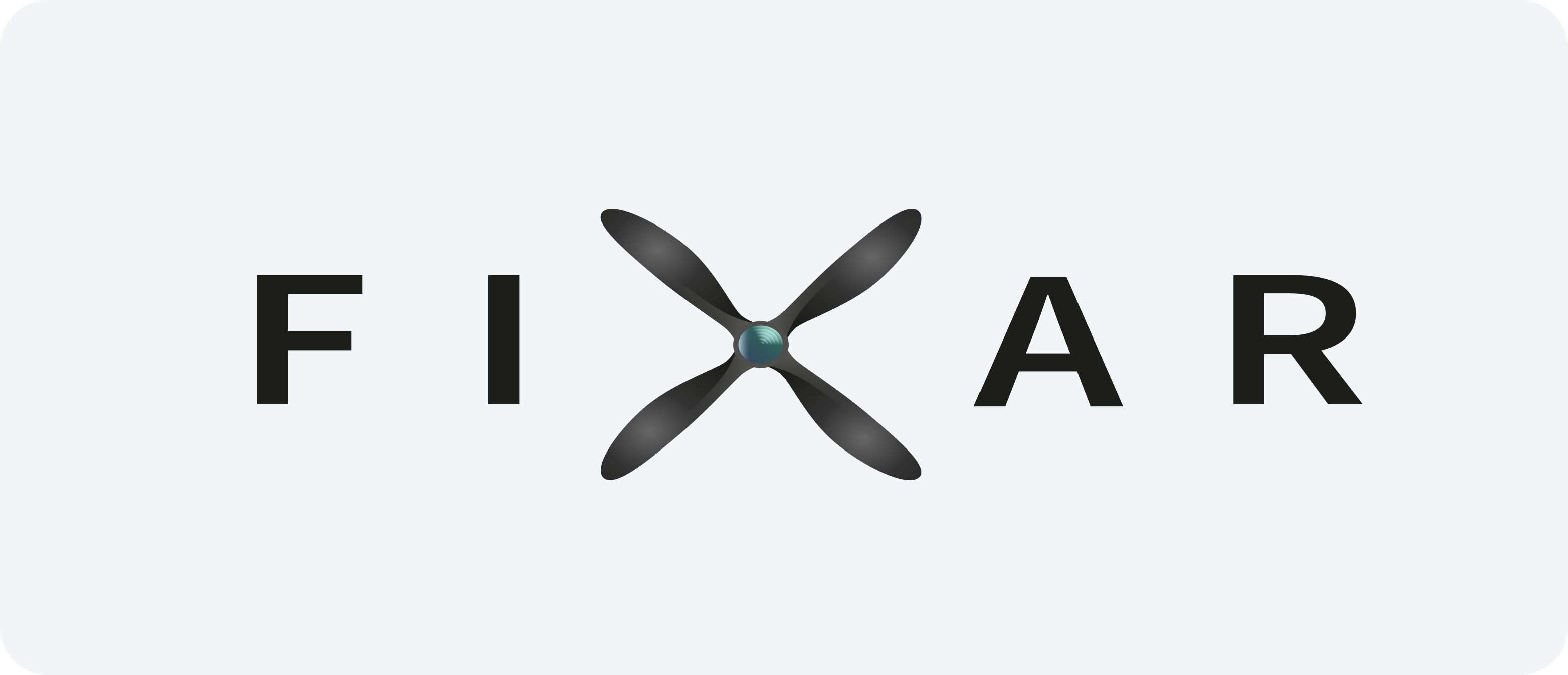





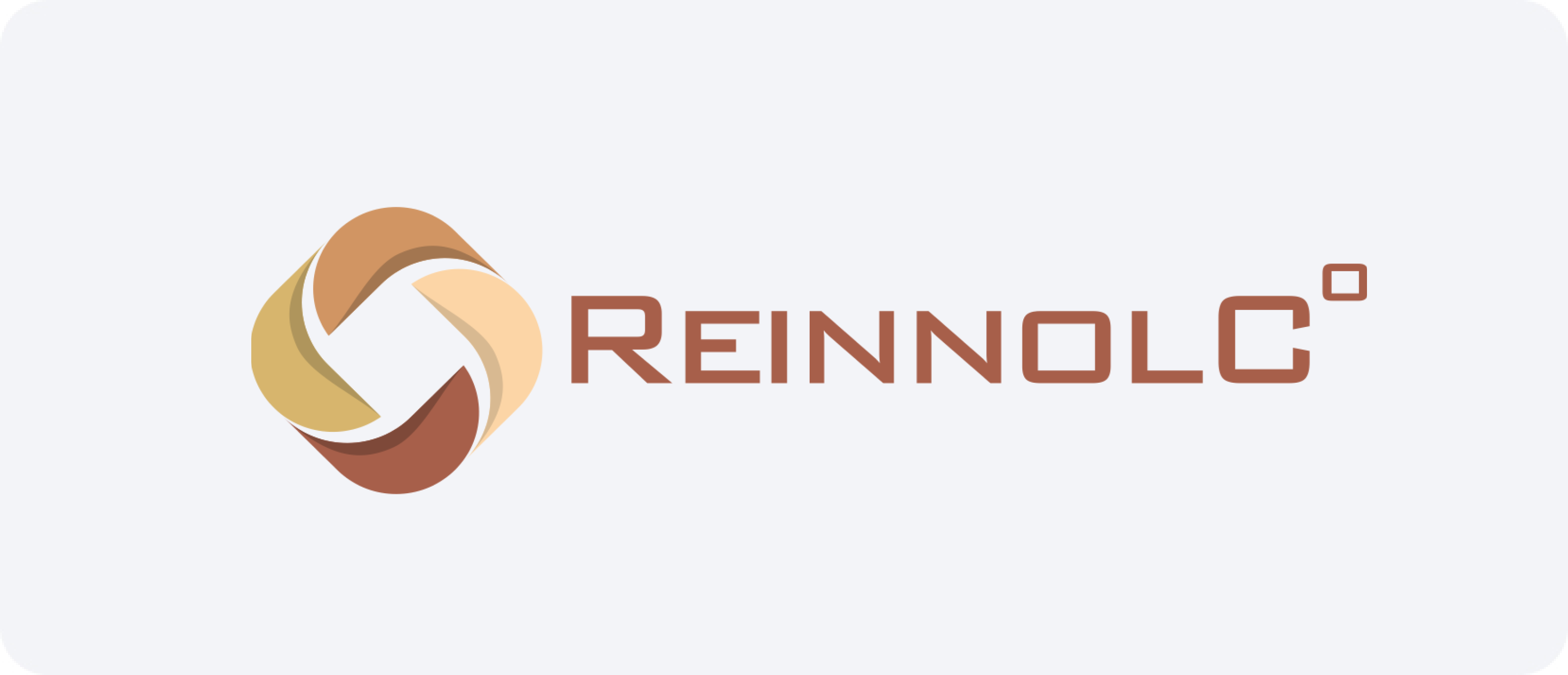
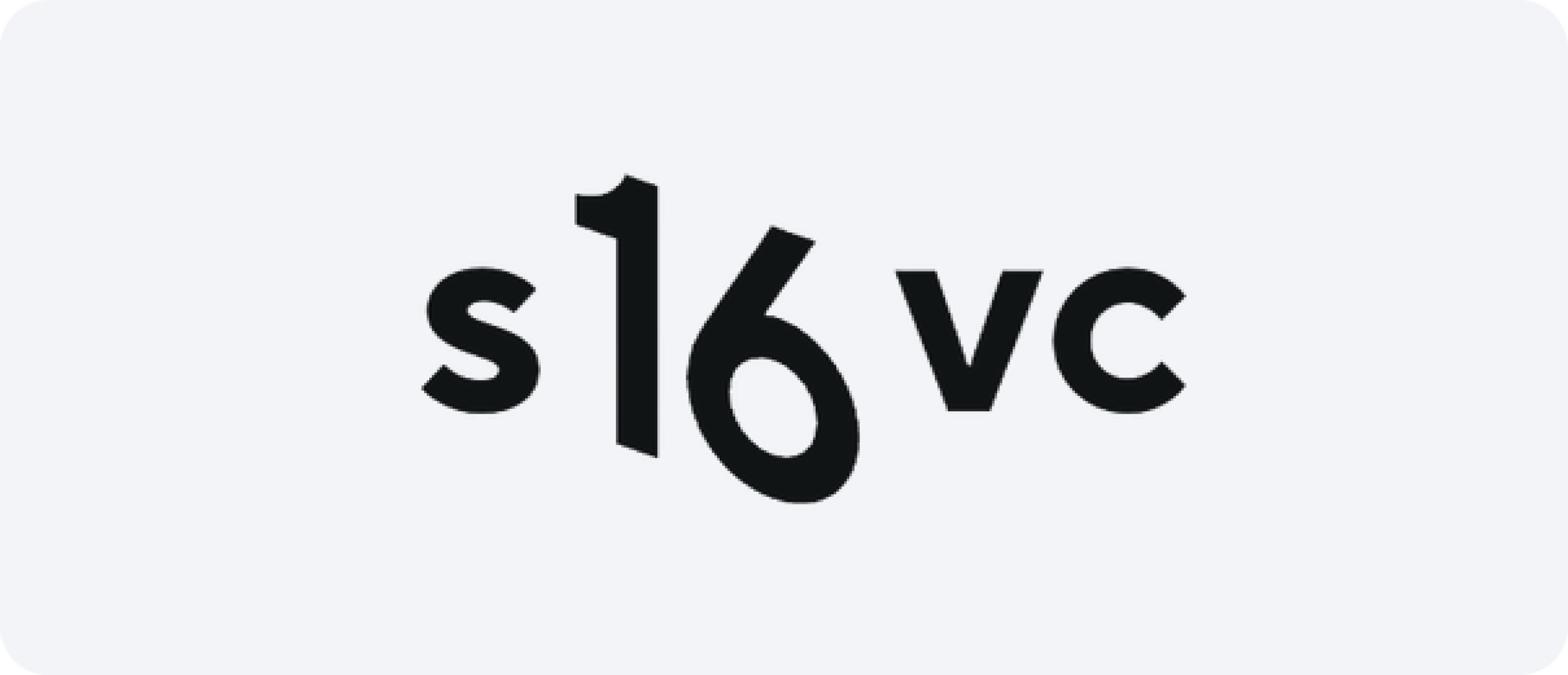


















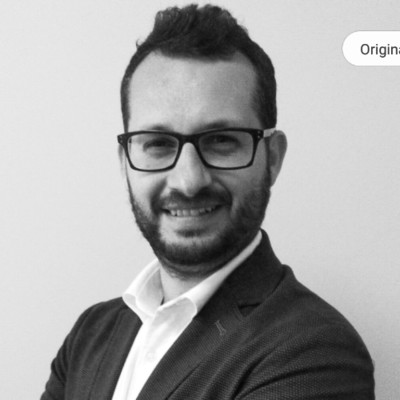
אימות פטנט של האיחוד האירופי: איך זה עובד
בעולם החדשנות המהיר, שמירה על קניין רוחני באמצעות פטנטים היא הכרח אסטרטגי לממציאים ועסקים. עבור אלה המחפשים הגנה על פני מספר מדינות באירופה, תהליך אימות הפטנט האירופי הוא מסע קריטי. מאמר זה שואף לבטל את המסתורין של אימות הפטנטים האירופי, ומציע תובנות לגבי המורכבויות שלו, מונח האימות ושלבי המפתח בניווט ההיבט החיוני הזה של נוף הפטנטים.
מהו אימות פטנט אירופאי?
אימות פטנט אירופאי מתייחס לתהליך של הפיכת בקשת פטנט אירופאית שניתנה לפטנטים לאומיים בודדים במדינות החברות המיועדות לאמנת הפטנטים האירופית (EPC). בעוד שמשרד הפטנטים האירופי (EPO) מעניק פטנט אירופאי יחיד, הוא אינו מעניק הגנה אוטומטית במדינות החברות הבודדות. לכן, ממציאים חייבים לאמת את הפטנט במדינות הספציפיות שבהן הם מבקשים הגנה.
הבנת תהליך אימות הפטנטים האירופי באירופה
1. הענקת הפטנט האירופי: המסע מתחיל בהענקת פטנט אירופאי על ידי ה-EPO. פטנט מרכזי זה, לאחר קבלתו, משמש בסיס לאימות נוספת.
2. מבחר מדינות ייעודיות: ממציאים חייבים לבחור אסטרטגית את המדינות שבהן הם רוצים הגנה. החלטה זו היא קריטית ותלויה בגורמים כמו פוטנציאל שוק, אסטרטגיה עסקית ושיקולים גיאוגרפיים.
3. אימות במדינות חברות ייעודיות: לאחר בחירת המדינות, ממציאים מתחילים את תהליך האימות בכל מדינה חברה שנבחרה. זה כרוך בעמידה בדרישות ובתקנות הספציפיות של כל משרד פטנטים לאומי.
4. דרישות תרגום: מדינות חברות רבות דורשות את תרגום הפטנט לשפתן הרשמית. הבנת דרישות התרגום הללו חיונית לתהליך אימות חלק.
5. תשלום עמלות אימות: כל מדינה ייעודית מטילה עמלות אימות, והממציאים חייבים להבטיח תשלום בזמן כדי להבטיח הגנת פטנט בשטח שיפוט ספציפי זה.
6. עמידה בתקנות הלאומיות: למשרדי הפטנטים הלאומיים עשויים להיות תקנות ורשמיות ייחודיות. הבטחת עמידה בתקנות אלו חיונית לתהליך אימות מוצלח.
תקופת אימות פטנט אירופי באירופה
המונח של פטנט אירופאי מאומת תואם את משך הפטנט המרכזי באירופה. בדרך כלל, תקופה זו היא 20 שנה מתאריך ההגשה. עם זאת, ממציאים חייבים להישאר ערניים לגבי דרישות התחזוקה כדי לשמור על תוקף הפטנטים שלהם.
שלבים מרכזיים באימות פטנטים באירופה
- בחירה אסטרטגית של מדינות: נתח ובחר בקפידה את המדינות שבהן הגנת פטנט חיונית. שקול את הדינמיקה של השוק, היעדים העסקיים וסיכוני הפרה פוטנציאליים.
- התחלה בזמן של אימות: התחל מיד את תהליך האימות בכל מדינה ייעודית. עיכובים עלולים להוביל לפגיעות בהגנה ועלולים להשפיע על יכולת האכיפה של הפטנט.
- ניהול תרגום: נהל ביעילות את דרישות התרגום על ידי הבנת חובות השפה של כל מדינה חברה. זה כולל תרגומים של תביעות הפטנט, מפרטים, ובמידת הצורך, הפטנט כולו.
- תקצוב עבור עמלות אימות: פתח תקציב הכולל עמלות אימות עבור כל מדינה ייעודית. זה מבטיח ששיקולים פיננסיים לא יפריעו לתהליך האימות.
- ניטור תאימות: עקוב באופן קבוע אחר עדכונים ממשרדי הפטנטים הלאומיים כדי להבטיח עמידה שוטפת בכל תקנות או פורמליות מתפתחות.
- חפש הדרכה מקצועית: התקשר עם עורכי פטנטים מנוסים או סוכנויות המתמחות באימות פטנטים אירופאי. המומחיות שלהם יכולה לייעל את התהליך ולמזער את המהמורות הפוטנציאליות.
מדוע כדאי לבחור ב-iPNOTE?
השירותים שלנו זולים פי 5 מאלו של משרדי עורכי דין גדולים. הכנת מסמכים קלה פי 10 מאשר ניסיון לעשות זאת בעצמך.
אנו מספקים שוק ציבורי ידידותי למשתמש שבו אתה יכול לחקור ספקי שירותים, להשאיר משוב וליצור קשר עם נציגיהם. המערכת מפיקה אוטומטית חשבוניות מהספקים. iPNOTE מספקת את ההזדמנות לשתף פעולה עם קבלנים תוך מזעור מתווכים מיותרים.
עם iPNOTE, בהחלט תמצא קבלן מתאים. אנו מבטיחים לפחות הצעה אחת בתוך 48 שעות, אך בדרך כלל, מספר אפשרויות זמינות תוך מספר שעות.
כל ספקי השירות בפלטפורמה מאומתים. תהליך ההסמכה של מומחי קניין רוחני מתבצע באופן ידני, מה שמבטיח אימות יסודי במקום להסתמך על מערכות אוטומטיות.
iPNOTE משתפת פעולה עם עורכי דין ממדינות שונות, כך שתוכל למצוא קבלן לרישום פטנט בכל מדינה.
כיצד פועל אימות פטנט באמצעות iPNOTE?
רוב המשימות הקשורות לפטנט הן סטנדרטיות בטבען וניתן להשלים אותן על ידי אנשי מקצוע מנוסים תוך מספר שעות בלבד. כדי למצוא את עורך דין הקניין הרוחני שלך באמצעות iPNOTE, עליך:
1. מלא טופס קצר ליצירת חשבון בפלטפורמה.
2. צור משימה באזור הרצוי. אנו פועלים באירופה ובעולם כולו.
3. בחרו קבלן מהספקים עליהם אנו ממליצים.
4. קבלו את התיעוד המלא.
אם אינך מרוצה מהתוצאה, אנו נעניק החזר. אם אתה מוצא את הקבלן הנבחר לא מתאים במהלך העבודה, אנו נציע תחליף.
התחל הגנה עם שלנו עוזר בינה מלאכותית ממש עכשיו!




